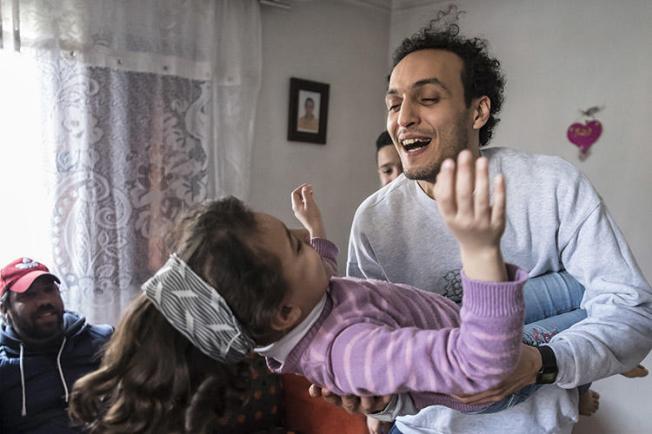Egyptian journalists Mahmoud Abou Zeid, known as Shawkan, and Alaa Abdelfattah may be out of jail, but they are not free. Their parole conditions mean both must return to police cells every night. Despite recent releases, Egypt remains one of the worst jailers of journalists. At least 25 were in jail at the time of CPJ’s prison census in December.
CPJ’s Patti Birch fellow for gender and media freedom, Sarah Guinee, reports on online harassment of journalists covering migration in Italy. Some journalists, particularly women, say they have experienced increased threats since the populist coalition of the Five Star Movement and the far-right Lega party came to power.
Mexican reporter Omar Iván Camacho’s body was found in Salvador Alvarado, Sinaloa state, on March 24. State authorities told local media that the body exhibited severe head trauma and injuries likely caused by beatings, but have not yet confirmed a motive.
Global press freedom updates
- Infographic: Journalists named in The Guardian’s report on torture in Saudi jails
- Barred from covering unrest, Algerian journalists hold protests
- Italy’s Matteo Salvini pursues criminal defamation against journalist Roberto Saviano
- Burundi media regulator bans BBC and VOA
- Venezuela’s intimidation tactics include arbitrary arrests, deportations
- Read the latest Turkey Crackdown Chronicle, CPJ’s weekly round-up of press freedom violations in the country
- Politician attacks journalist in Bosnia and Herzegovina
- Singapore ‘fake news’ legislation endangers press freedom
- Radio Globo director David Romero Ellner in custody as Honduras enforces defamation ruling
- CPJ and other organizations call for Slovakia’s new president to respect press freedom
- East African court rules that Tanzania’s Media Services Act violates press freedom
Spotlight
